Kayaking is well-known as an aqua sport but will you get wet while kayaking? Some people detest getting bathed to have fun and enjoy nature on the water. And as such, they want to know if kayaking will get them wet.
This article has the answer to your question and has been written to give you more insight. You will know whether and why you can get wet and your rate of getting wet while kayaking.
In addition, this article covers the factors that influence how wet you will get, how to stay dry while paddling and how to exit your kayak without getting wet.
Table of Contents
Will You Get Wet While Kayaking?
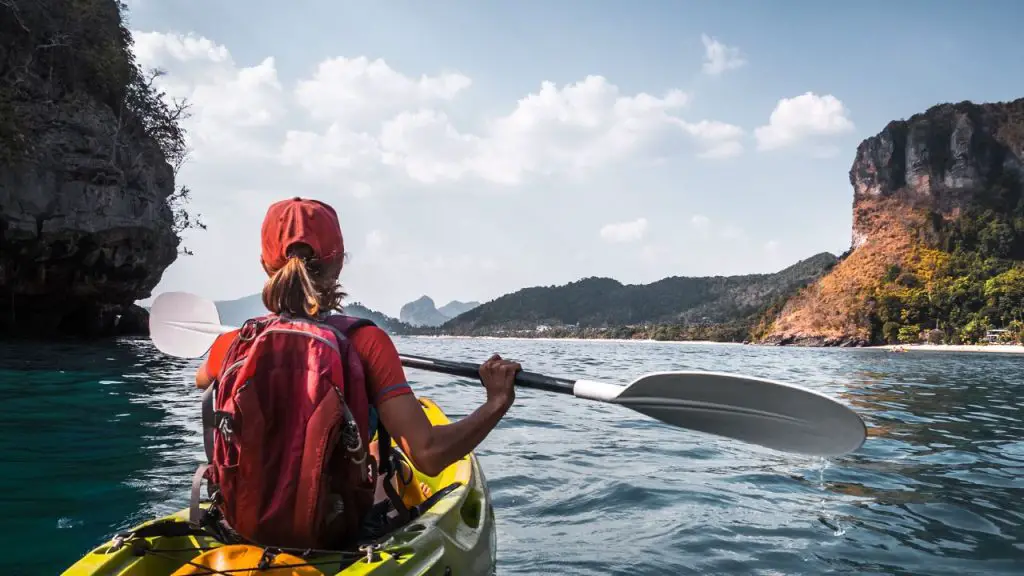
A short answer to this is Yes, as kayaking being a watersport, is naturally guaranteed to get you wet.
A good idea is having your towel alongside an extra set of clothes just in case you accidentally get wet. However, skilled kayakers can sometimes stay fairly dry as they navigate the water body.
Fortunately, there are many alternatives for decreasing the amount of water you have exposure to. Knowing a few top techniques to keep dry can prevent you from changing your clothes after a thrilling trip.
Rate of Getting Wet When Kayaking
The wetness rate depends on the paddler’s skill, type of kayak, and weather conditions. Your upper body, like your arms and torso, as well as the laps and legs of your lower body, can get wet.
Their degree of wetness depends on different influencing factors. So not everyone will get wet, but nobody will be completely dry.
Why Will You Get Wet While Kayaking?
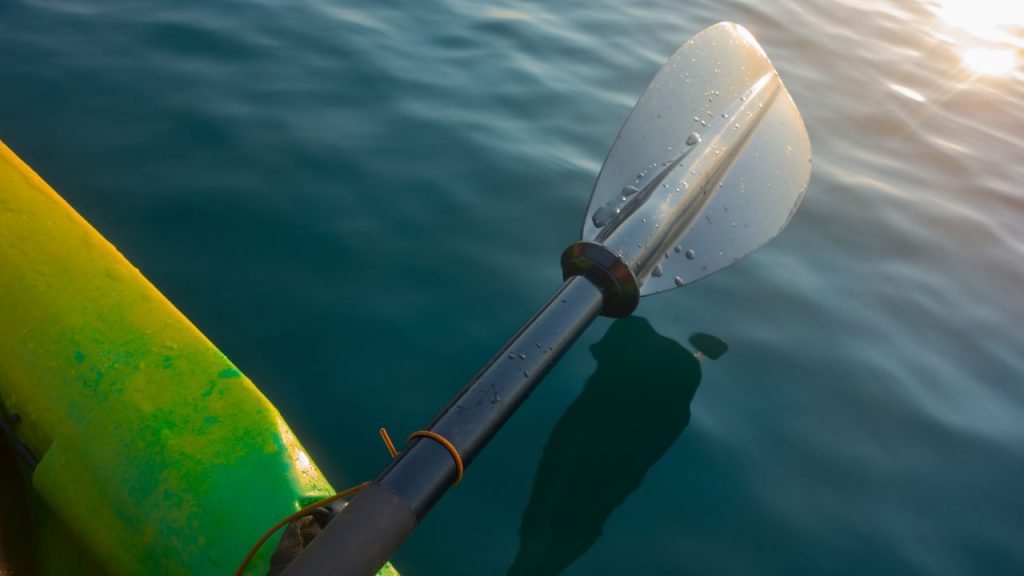
Kayaking makes you prone to wetness, and the things responsible for this include:
- Splashes here and there as you navigate through rough waters.
- The fairly low position your kayak takes in water can make a wave splash you.
- Water running down your paddle shaft and inappropriate paddling techniques, can get you wet.
- Falling out of your boat or a capsize can make wetness inevitable
- If your kayak is punctured or has holes, water can seep through and make you get wet.
You Will or Will Not Get Wet While Kayaking – It Depends (Factors Influencing How Wet You Get)
Whether you will or will not get wet while kayaking depends on certain influencing factors. These factors include the type of kayak you get, the paddle of your kayak, the paddling technique, and the weather.
Type of Kayak
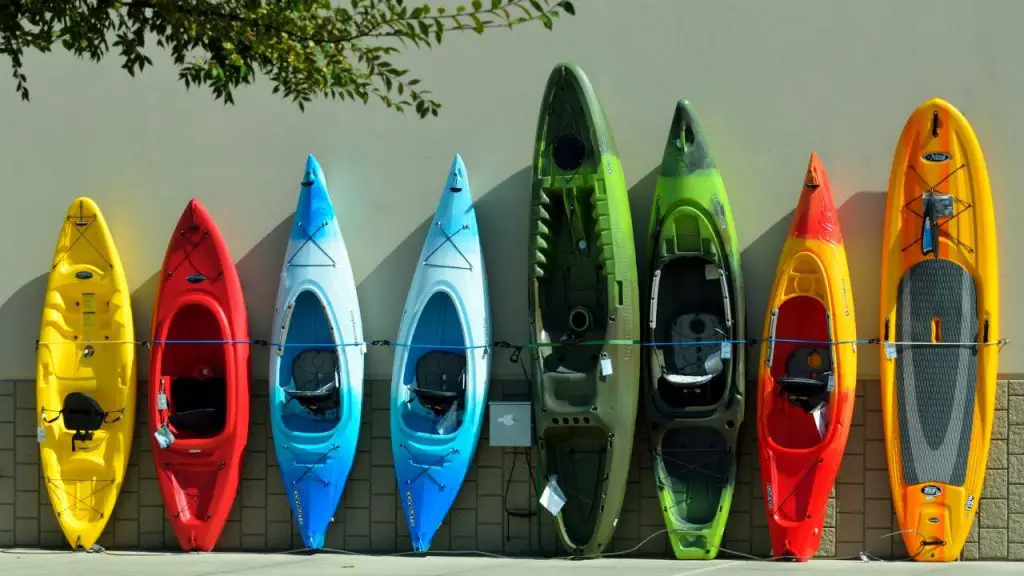
The type of kayak you decide to use can impact how wet you can get while paddling. The Sit-in model of kayaks can keep you a lot less wet due to more of your body being enclosed by the boat.
While sit-on-top models can expose you to water from paddle drips and splashes from waves, thus making you wetter.
Paddling on colder water bodies, your choice should be a sit-in kayak, as you can stay warmer because your legs are kept dry and out of the wind.
But on days when you are out on warmer waters, getting a sit-on-top will influence wetness as you will be exposed to waves and splashes from your paddle.
The Paddle
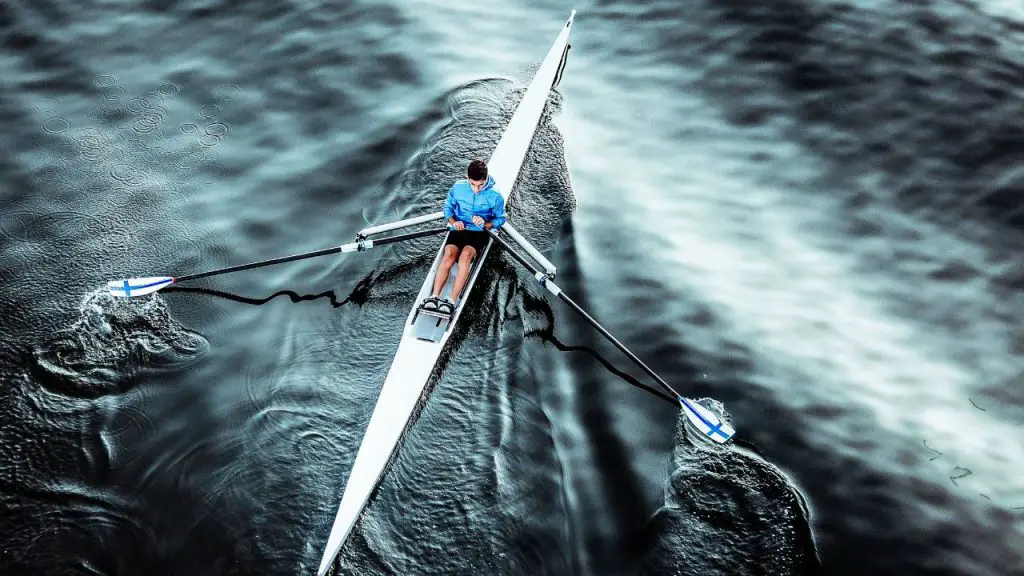
Your paddle’s design and length can influence how wet you get. Grooves are featured on high-performance paddles to help paddlers get more force out each stroke. However, they trap water and help it travel down the shaft to your lap.
So, if you must reduce your chances of getting wet, you have to look for a high-performance, flatter paddle in a concave design. This will serve as a shovel and scoop up water whenever you paddle.
Adding drip rings to your paddle also works. They are rubber attachments placed over your paddle’s shaft and slid down about three inches from each end. They function by trapping any water before it slips down the shaft.
Ensure to place your drip rings at the ends of your paddle that is above water, or else you may get wet.
Parowax Paraffin Household Wax for Canning Jams
Another alternative to prevent your wetness from being influenced by your paddle is to use a longer paddle shaft. This way, you can adjust the angle with smaller or shorter rotations and reduce the tendency of water to run down your paddle’s shaft.
Paddling Technique
It doesn’t matter whether you use drip rings; your paddling technique has a lot of influence regarding getting wet or staying dry.
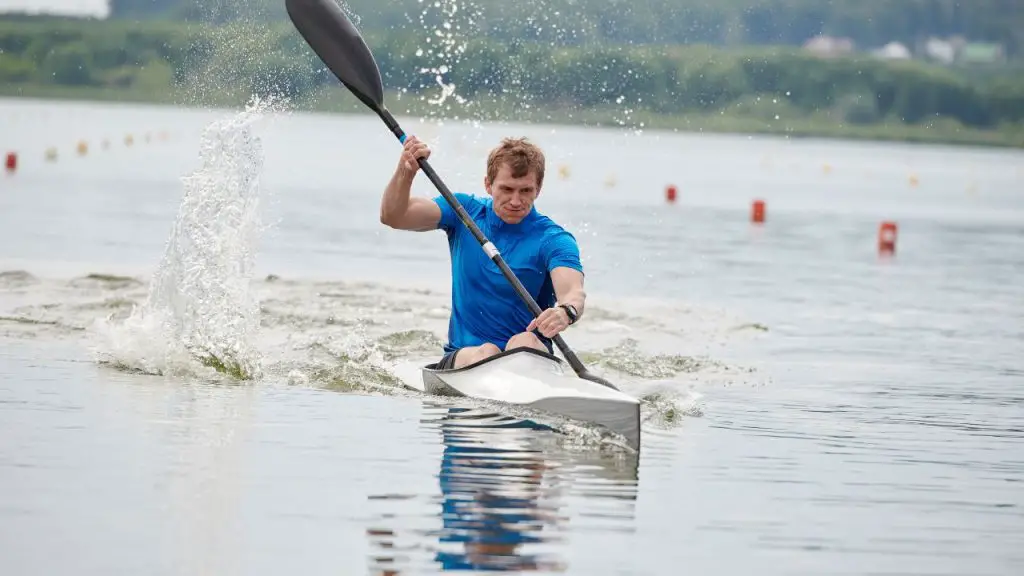
Bearing in mind that water always runs in a downward direction, you can as well tell that holding your paddle as much as possible in a horizontal manner can help you avoid wetness.
If you need to stay dry, you must opt for a low-profile paddling technique and paddle on water conditions that support it.
Depending on your paddling style, you can avoid scooping too much water, and if you need to adjust your paddling techniques, you can take lessons from an expert.
The Weather
A good strategy to be put in place by kayakers at different levels is checking the weather early and often. This way, you can be sure that there is zero chance of precipitation and stay as dry as possible while kayaking.
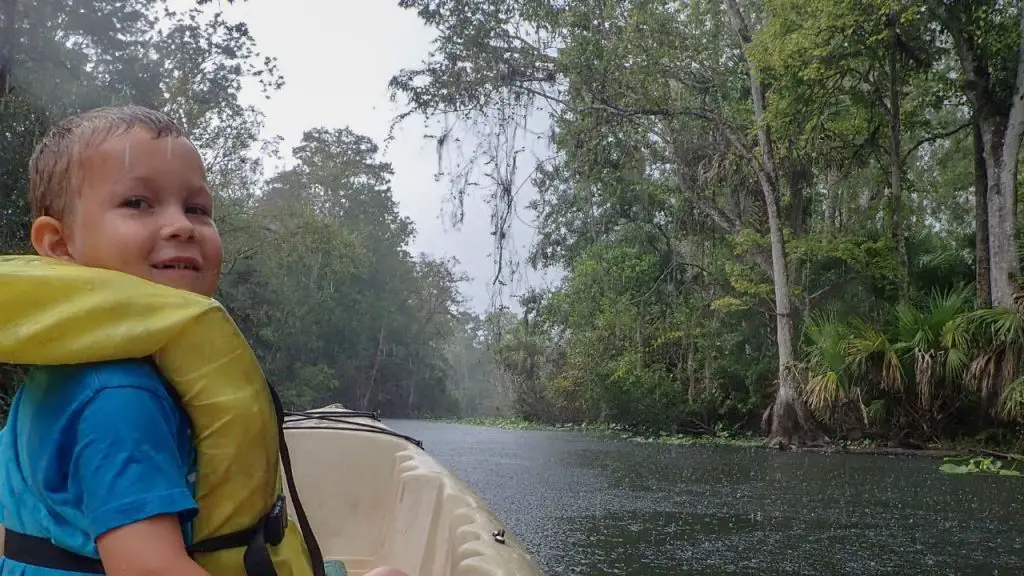
Apart from precipitation, other weather factors should be checked. For example, you should pay attention to the wind direction, speed, and wind gusts of the location you are going to kayak.
This way, you can reduce the likelihood of capsizing and getting soaked in water as you are wary of the wavy and windy conditions.
How to Paddle a Kayak Without Getting Wet
Ensure proper placements of drip rings: Although overlooked, these rubber attachments can preview you from getting wet. Ensure you place them correctly away from the center of the shaft but close enough to the blade.
Seattle Sports Glow in The Dark Seawall Drip Rings for Kayak Paddles
Utilize a spray skirt while paddling: With a neoprene seal included, they can keep your lower body dry.
Perception Truefit Spray Skirt | Kayak Spray Skirt For Sit Inside Kayaks
Use water-resistant materials as covering for most of your body: Wear the likes of polyesters, nylon, and polyester fleece but never cotton fabrics.
Carry along extra dry clothing as well as a water-resistant towel: Extra dry clothes and a water-resistant towel are needed in case you fall into the water by accident, or you need to change clothes that have become wet.
HEETA Waterproof Dry Bag for Women Men, 5L/10L/20L/30L/40L
Get more than one layer of water-resistant clothing: By dressing in layers, you can take off wet clothing, which is useful when facing harsh weather conditions.
Protect your feet by wearing water sandals or water shoes: Wearing this will protect your feet when you step on rocks and make them less wet.
SIMARI Water Shoes Womens Mens
Dress appropriately to suit the water temperature when kayaking: The temperature of the water you are kayaking on should determine your dress. Your dress must suit the water temperature.
Practicing body balance in your kayak is important if you prefer to stay dry: Losing your balance while kayaking can have your kayak capsized and you into the water.
Prevent hypothermia by wearing dry suits: Dry suits can keep you warm and dry, especially when paddling in a very cold region.
O’Neill Men’s Boost 300g Drysuit
Know the probability of rain: Knowing the probability is one sure way to keep you from being wet.
Wise choice of time and location: Choose a location that would not be too crowded or busy and a time when the condition of the water is calm.
How Do You Exit Your Kayak Without Getting Wet
If you do not want to get wet, it’s best to exit your kayak from the pier. So following these simple steps will help you exit your kayak without getting wet:
- Choose a location where the pier is in proximity to the water level.
- Position your Kayak carefully and paddle it in a position relative to the direction of your dock.
- If you are alone, use a ripe to fasten yoyr kayak to a cleat from the pier so it doesn’t drift off.
- Place both your hands on the dock and lift your body and legs unto the dock using the dock as a fulcrum and supporting your weight on your shoulders.
FAQs
How do you not get wet while kayaking?
You can stay dry while kayaking by fitting drip rings to your paddle, wearing water-resistant materials, checking weather conditions, applying good paddling techniques, and maintaining balance.
Do you wear a bathing suit while kayaking?
If the water temperature is warm and you intend to have a dip, then a bathing suit is suitable.
Do you get wet on a sit-on-top kayak?
Yes, a sit-on-top kayak will expose you to splashes of water from your paddle and waves and get you wet.
Do kayaks flip easily?
These vessels have stability included in their build, and as such, they do not flip easily unless you paddle in very bad weather or inappropriately handling the kayak.
Conclusion
From the above read, the possibility of staying completely dry after engaging in a watersport like kayaking is low. However, this article has listed things that can reduce the amount of water we are exposed to and the likelihood of us getting wet while kayaking.







